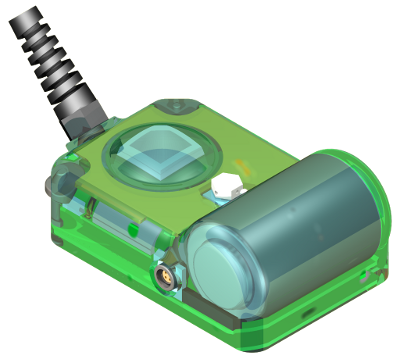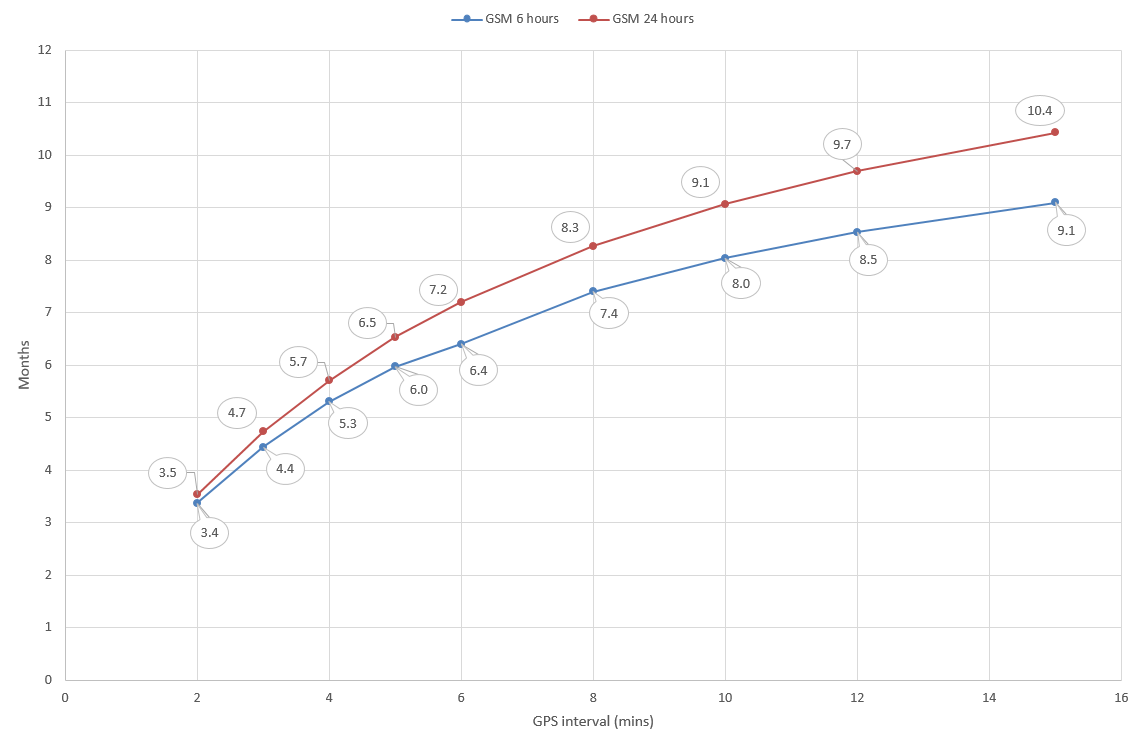GPS Phone Tag
A major advance in marine mammal telemetry. The GPS Phone tag combines GPS quality locations with efficient data transfer using the international GSM mobile phone network.
Features
- GPS quality locations at a user-controlled rate
- Complete and detailed individual dive and haulout records
- Data relayed via quad-band GSM mobile phone module when animal is within GSM coverage. This results in:
- Low cost
- International roaming capability
- High energy efficiency
- High bandwidth

Fastloc GPS offers the possibility of attempting a location at every surfacing. Less than a second is needed to acquire the information required for a location. The tag also uses precision wet/dry, pressure and temperature sensors to form detailed individual dive (max depth, shape, time at depth, etc) and haulout records along with temperature profiles and more synoptic summary records as in standard SMRU SRDLs. Both location and behavioural data are then stored in memory.
For species that come near shore within GSM coverage the entire set of data records stored in memory can be relayed via the GSM mobile phone system. Visits ashore may be infrequent, so up to six months of data can be stored on-board the tag and these data may also be downloaded if the tag is retrieved. GSM data relay offers very high data bandwidth and is over one hundred times more energy efficient than Argos — all for the cost of a couple of hours of phone calls!
Quad-band ensures that the GPS Phone tag operates on all continents, wherever GSM coverage is available.
Specification
- GSM engine: Cinterion BGS2 module
- GSM bands: 850 MHz, 900 MHz, 1800 MHz, 1900 MHz.
- Size: 10 x 7 x 4 cm
- Weight in air: 370 g
Power options
- The smaller C-cell configuration is now the standard size
- Data calls are typically attempted every 6 hours. When at sea it is usual that only an SMS can be transferred: this provides the most recent GPS location. Bulk data transfer by FTP occurs during haulouts, or possibly in extended surface intervals in very calm conditions. An additional connection attempt is therefore allowed at the beginning of the first haulout in each 6-hour period.
More frequent connections may be attempted at the cost of reduced tag longevity if it is important to monitor the location of the animal in near real-time. Conversely a longer deployment can be achieved if the frequency of connection attempts is reduced.
This plot shows the impact of the choice of GPS and GSM intervals on the expected longevity of the tag: (click to enlarge) - A solar-powered version is also available. In this version the GPS rate is automatically adjusted according to light conditions. This may out-perform the standard tag in mid-latitudes depending on insolation and diving behaviour.
Further technical details: GPS Phone Tag Specification (PDF)
For details of pricing and how to order, please see our Contact & Sales section.




